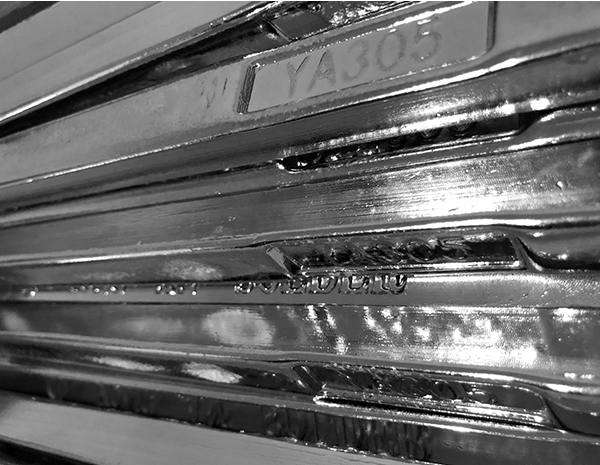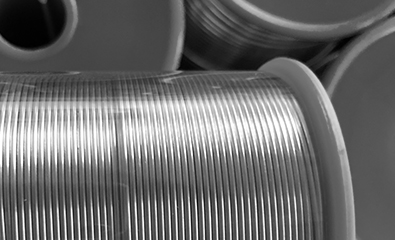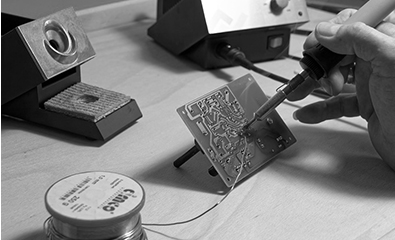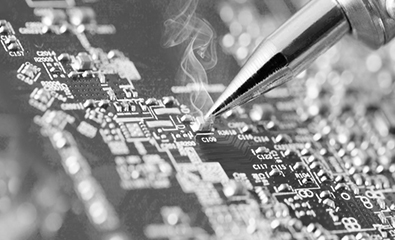Tin is the main component of solder worldwide. Non-lead containing (Pb-free) solders typically contain 96% Sn whilst for leaded solders the figure is closer to 60% Sn for electronics uses. Both solder types are used in a variety of electronic and industrial applications although usage share of Pb-free solders continues to increase as part of the long-term phasing out of leaded solders driven by regulation
Industry Threats and opportunities
Electronics miniaturisation and economisation remain the greatest threat to tin use in solders, offset by market expansion and the opening of new markets such as robots, e-bikes and electric vehicles. Technologically skilled producers who can take advantage of these new high end products are likely to increase share; Automotive sector, which is likely to be a driver. The electronic equipment and IT sectors were also highlighted as future prospects and there may be continued growth for solder use in LED’s.
Traditional markets such as soldering copper brass radiators will continue to decline with the growth in aluminium radiator use and one respondent had exited the industrial bar market. There may, however, be a growth market for bar and wire in solar cell soldering, notably in China.




